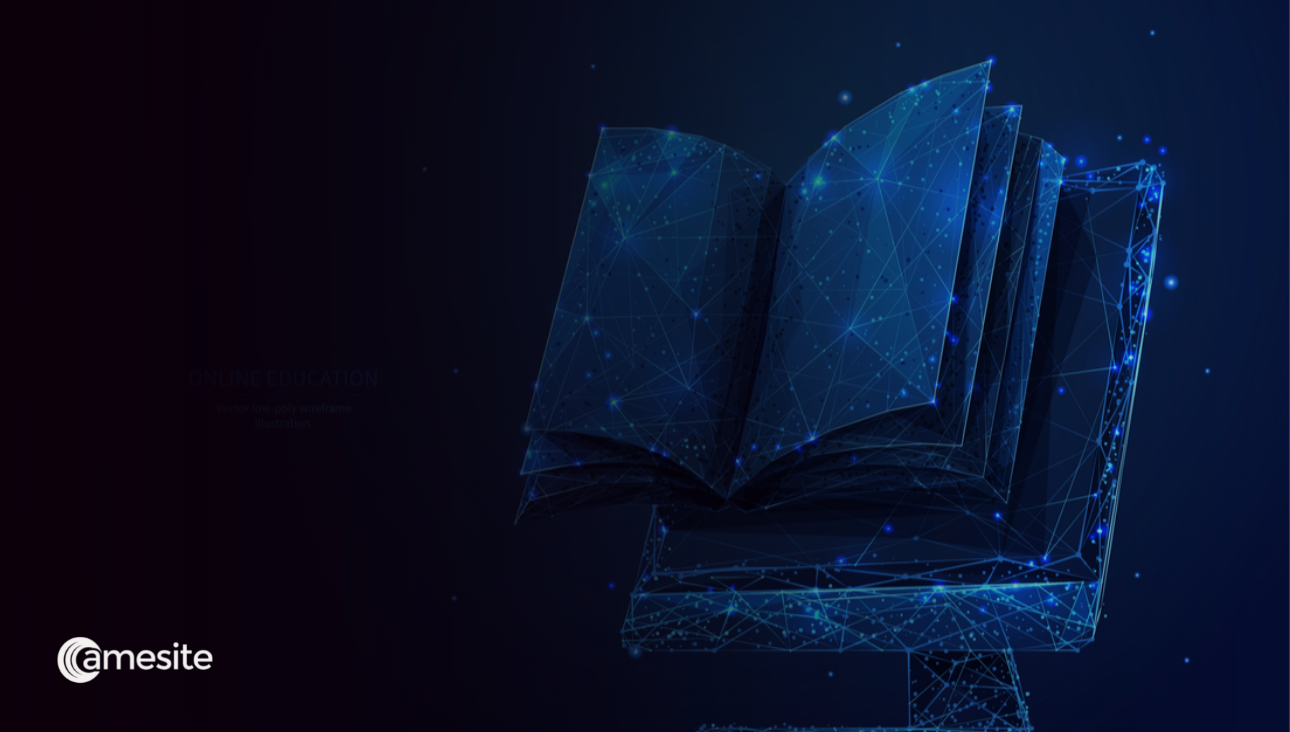 Back
Back

Presidential libraries hold critical responsibilities in providing historical, educational experiences for learners of all ages. Presidential libraries safeguard and display important artifacts from United States history and incorporate educational programs making history come alive with simulations and unique experiences mimicking historically accurate situations that previous US presidents faced. Presidential libraries play a critical role in illuminating our nation’s history and providing applicable educational opportunities to students across the country and beyond.
1. Digitalized Historical Documents Improve Access to Research Opportunities
Archiving digitalized artifacts improve historic preservation, but it also promotes access to individuals who would not ordinarily be able to learn from those artifacts in real-time. As of March 2022, there are more than 1.7 million scans of historical textual pages accessible through the 15 presidential libraries [1]. With many learners unable to take field trips to view critical historical documents in person, projects like FRANKLIN bring these documents to the learners with over 800,000 archived documents and 2,500 historical photographs available for research online [2]. With approximately 4.9 billion, or 63% of the world’s population, using the internet [3], having access to historical artifacts and preserved digitalized content expands the quality and integrity of research capabilities. With an expansive and comprehensive database of historical documents, digitalized content is accessible more quickly and abundantly, allowing researchers to understand historical events [4] better.
2. Active Learning Promotes Student Engagement
Presidential libraries are catalysts for offering robust educational opportunities online with advancements in eLearning and learning platforms. With physical and geographic limitations, learners can access simulations, real-time role-playing events, and further enhanced participation opportunities, increasing learner engagement. The Situation Room Experience provides students with high-intensity, collaborative crisis-based scenarios, integrating advanced technology for a real-life engagement experience [5]. In the United States, approximately 63% of high school students and 64% of middle school students use digital learning tools regularly [6]. Further promoting eLearning and digital learning ecosystems includes the Reagan Academy through the Ronald Reagan Presidential Foundation & Institute; eLearning courses for high school students that leverage collaboration, critical thinking, research, and decision making to prepare scholars beyond graduation [7].
3. Connecting Leaders Across Geographical Constraints
Through immersive learning experiences, students can participate in real-time or simulated discussions and experiences based on historical situations that shaped US history. Online discussion forums, panels, and interactive opportunities allow participants to gain expertise from individuals that would be removed from their learning wheelhouse due to geographic or time constraints. By engaging in these platforms, participants not only can acquire access to additional knowledge, online forum participation strongly favors skill, cognitive, and learning development. When surveyed [8]:
The Reagan Academy leverages a state-of-the-art eLearning platform that develops future leaders for the workforce, providing eLearning engagement opportunities that enhance the natural collaborative learning process, engaging in dialogue and problem-solving strategies.
Amesite provides scalable, intuitive, and collaborative learning environments that engage learners while reducing the workload on teachers through advanced AI and analytic strategies. Amesite’s Learning Community Environment will:


Sources
[1] https://www.archives.gov/findingaid/presidential-library-explorer#rgnumbers
[2] http://www.fdrlibrary.marist.edu/archives/collections/franklin/
[3] https://www.itu.int/en/ITU-D/Statistics/Pages/stat/default.aspx
[5] https://situationroom.archives.gov/
[6] https://e-student.org/e-learning-statistics/
[7] https://www.reaganfoundation.org/education/e-learning/
[8] 8. https://link.springer.com/article/10.1007/s10639-018-9776-5